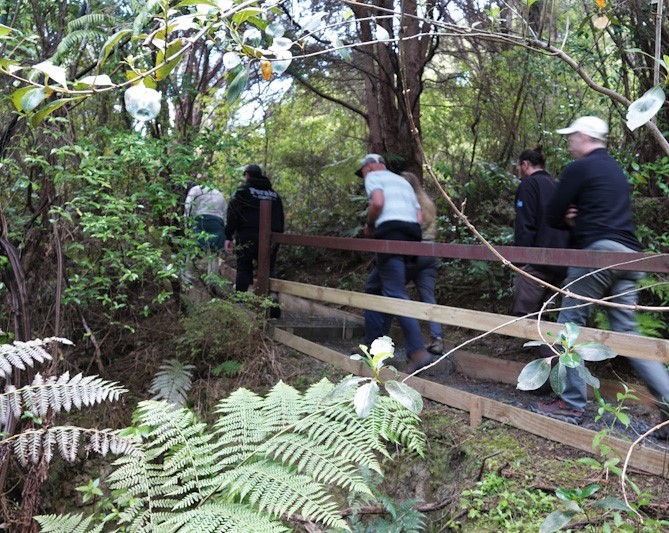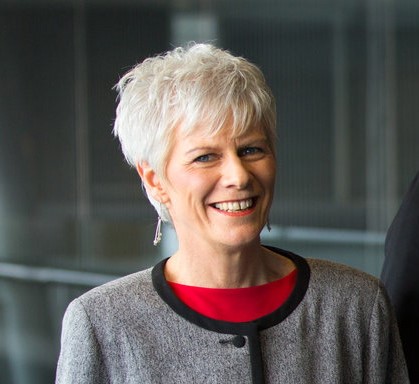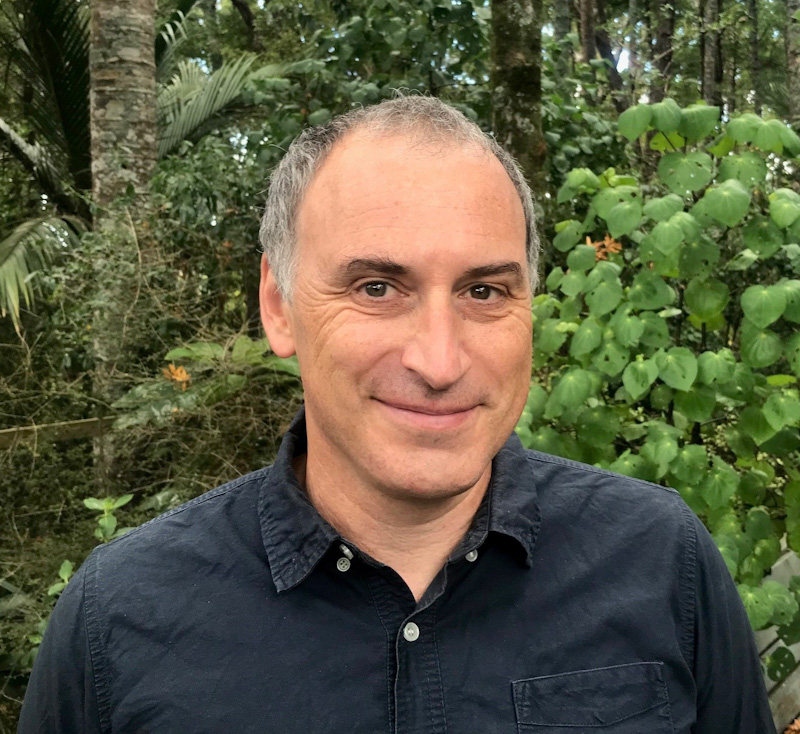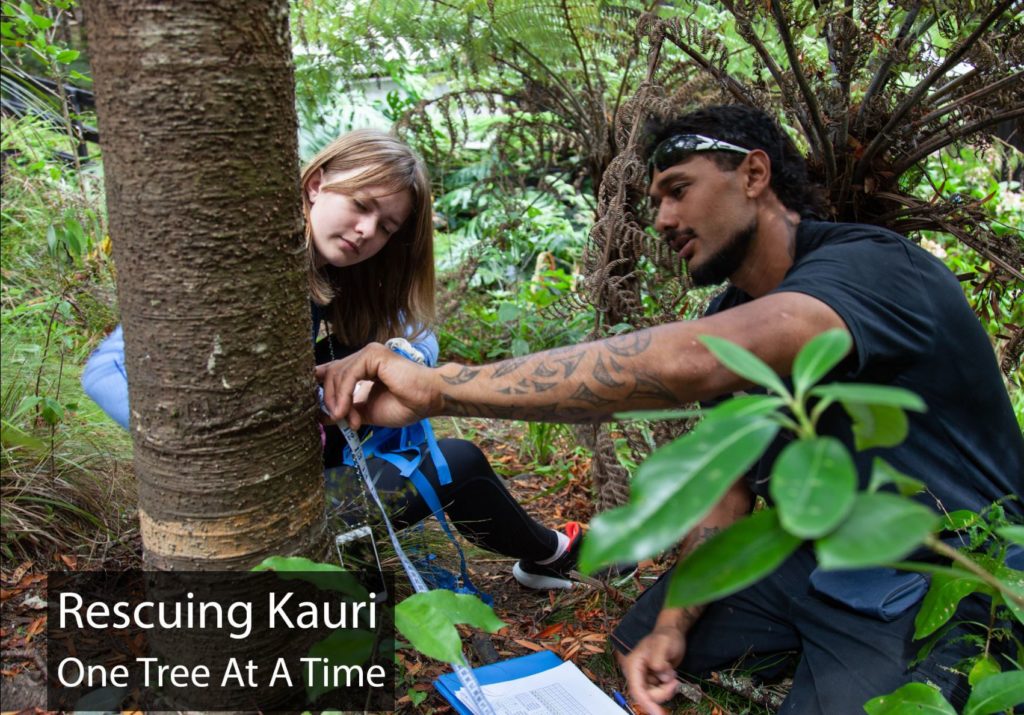Mobilising for action
Focusing on the human dimensions of forest health management, specifically kauri dieback and myrtle rust.

Click here to visit Mobilising for Action’s new website.
At A Glance:
We all have a role to play in biodiversity conservation, especially when it comes to protecting taonga species from invasive pathogens. Whether we recognize it or not, our survival as a human species is dependent on the survival of te taiao (the environment), and we have a duty of care to retain its mana and mauri.
But how are people connecting to te taiao?
What motivates people to care or act to save our taonga species?
How can people be empowered to make a difference now and in the future, to ensure the well-being of te taiao for the coming generations?
The ‘Mobilising for Action’ research investment focuses on the human dimensions of forest health management, specifically kauri dieback and myrtle rust. It will develop and support research that explores the connections between people and the ngahere (forest) specifically, and people and te taiao more generally.
Co-leads:

University of Auckland

Projects:
This investment will be firmly grounded in an ‘interface’ approach that utilises indigenous knowledge and Western science. The projects are being determined by an extensive ‘reaching out’ process being carried out in the first half of 2020, as well as an extensive knowledge base that draws on Te Ao Māori and Western psychological perspectives.
This team is aiming to answer several key questions:
- What enables/inhibits people’s action on the ground
- How to best empower New Zealanders to protect and restore the ngahere
- How to unlock the potential for mana whenua, community and researchers to take action
- How to build trusting relationships among multiple and diverse actors to co-design activities to protect the ngahere
To address these questions, the co-leaders have already met with over 100 people from the researcher community (social science, biophysical science, mātauranga), iwi/hapū and whānau, kaitiaki, rangatira, community and industry groups, NGOs, and local, regional and central government agencies, along with many others who wished to engage. They have also drawn on a pool of previous indigenous and Western research literature.

Kauri Rescue Story Map
Click the image above to enter the Story Map, an interactive experience that tells the story of how scientists have worked with mana whenua and communities in Kauri Rescue, a citizen science project researching tools to fight the devastating disease kauri dieback.
The story map takes you on a journey through three inter-connected stories – Kauri Demise, Kauri Rescue and Kauri Futures. In a time when kauri dieback is having devastating impact on kauri forests in northern New Zealand, the story of Kauri Rescue is a story of hope.
On your journey through the Story Map you can view 360 degree videos that enable immersive experiences when using Virtual Reality goggles. You can also engage with interactive maps to see the changing landscape of kauri lands, and you can listen to sound recordings that capture the narratives of people working to save kauri…one tree at a time.
We hope you enjoy your journey.
Research Partners
University of Auckland
Massey University